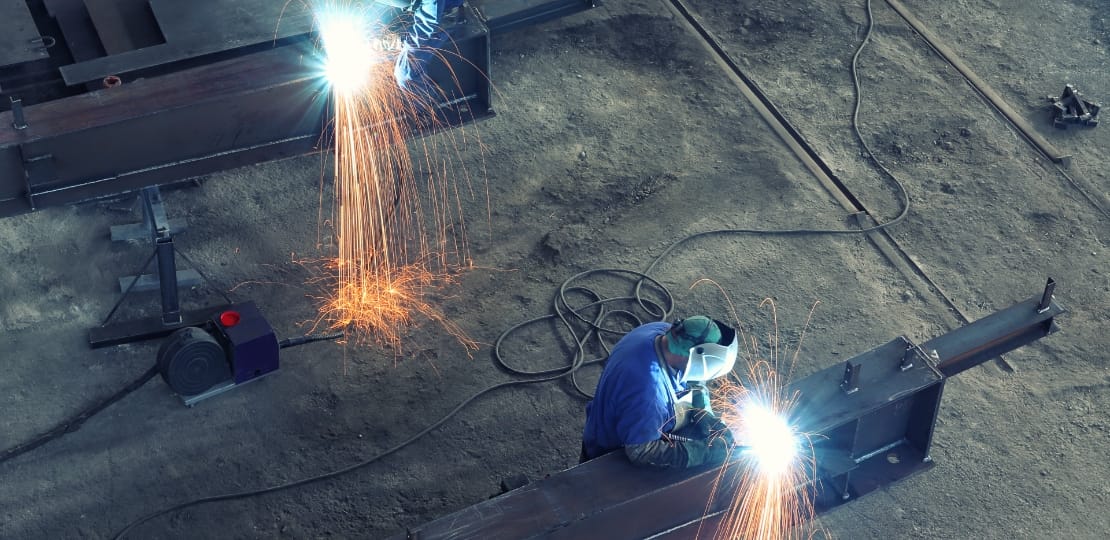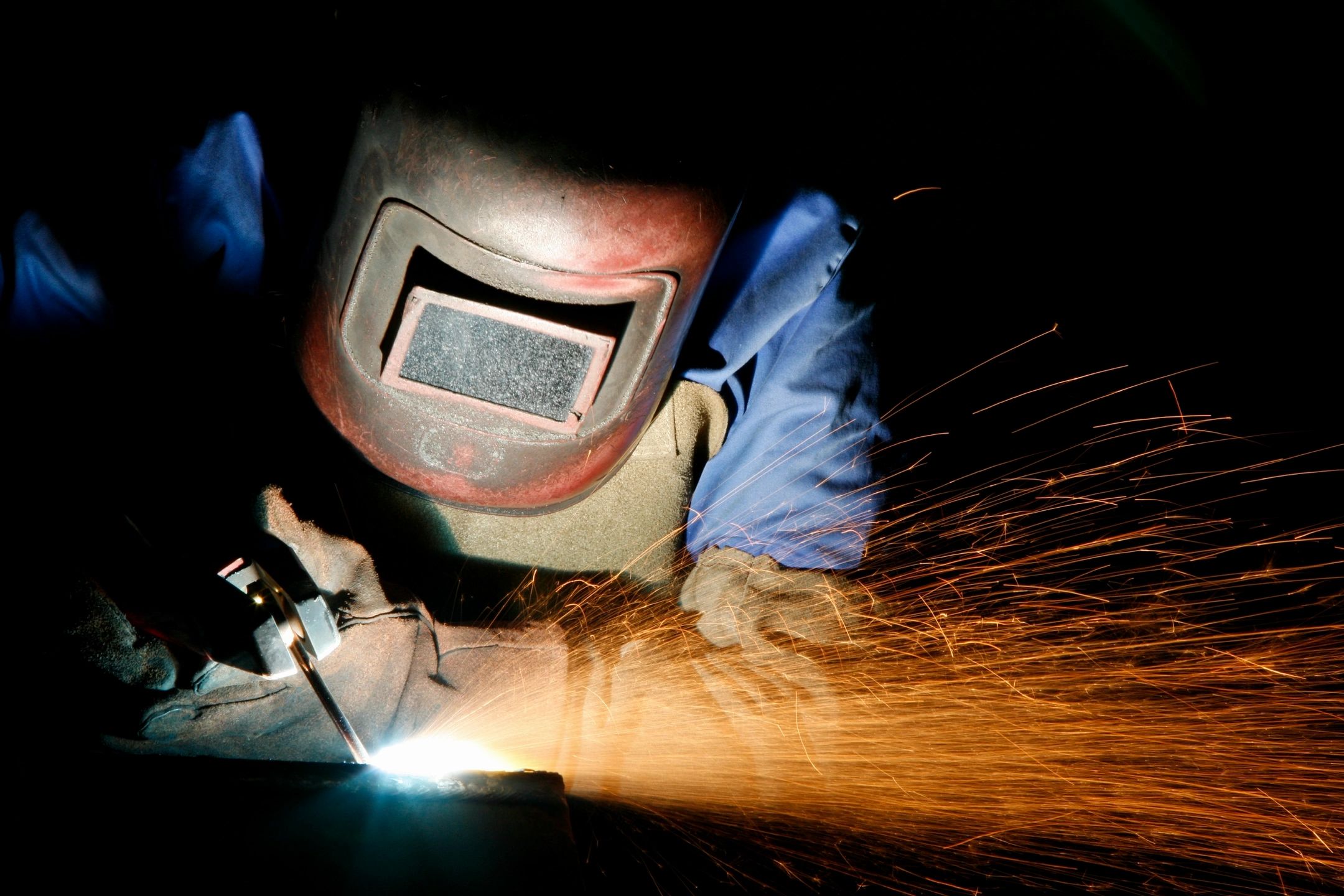Common Welding Repair Issues and Just How to Address Them Effectively
Welding fixings often encounter a variety of problems that can threaten the honesty of the last item. Typical issues include poor penetration, porosity, and misalignment, among others. Each flaw provides distinct difficulties that call for particular strategies for resolution. Understanding these problems is necessary for welders intending to improve their results and skills. This discussion will discover these common welding repair issues and reliable methods to resolve them.
Insufficient Infiltration
Insufficient penetration takes place when the weld steel falls short to fully fuse with the base material, causing weak joints and prospective architectural failures. This concern usually originates from inadequate heat input, wrong electrode angle, or incorrect welding rate. Welders might run into poor infiltration as a result of a miscalculation of the essential criteria for a specific material thickness or kind. Furthermore, contamination on the base material's surface can prevent reliable bonding, worsening the issue. To address poor infiltration, welders ought to assure proper settings on their devices and keep a tidy job surface. Regular inspection of welds is advised to determine any shortages early, allowing for timely modifications and the avoidance of jeopardized architectural stability in bonded settings up.
Porosity
Porosity is an usual flaw in bonded joints that shows up as tiny gas bubbles entraped within the weld metal. This flaw can jeopardize the integrity of the weld, bring about decreased strength and possible failure under stress. Montana Mobile Welding and Repair Belgrade Welding. Porosity commonly develops from contamination, moisture, or inappropriate welding strategies, which permit gases to get away into the molten weld swimming pool. To address porosity, welders must assure proper surface area preparation, preserve a tidy functioning environment, and utilize suitable welding parameters. Furthermore, choosing the right filler material and protecting gas can alleviate gas entrapment. Normal examination and screening of welds can help recognize porosity early, guaranteeing prompt restorative activities are taken, thereby protecting the high quality and reliability of the bonded framework
Imbalance
Misalignment in welding can arise from various variables, consisting of incorrect setup and thermal growth. Understanding the source is crucial for efficient resolution. A number of modification methods are offered to straighten parts and ensure structural stability.
Root causes of Imbalance
Welding imbalance often originates from a range of underlying problems that can jeopardize architectural integrity. One key reason is improper fit-up of elements prior to welding, which can bring about spaces and unequal surfaces. Variants in thermal expansion throughout the welding procedure can also cause distortion, particularly if the products being joined have various coefficients of development. Additionally, poor securing and fixturing might fall short to hold elements firmly in position, causing motion throughout welding. Improperly conserved equipment, consisting of welding machines and tools, may introduce variances in the weld bead, further adding to misalignment. Operator mistake, stemming from not enough training or experience, can likewise play a substantial duty in developing misaligned welds.

Adjustment Strategies Readily Available
Resolving misalignment efficiently needs a mix of corrective techniques tailored to the particular issues handy. One usual method is the use of jigs or components to hold components in the right position throughout welding, guaranteeing constant positioning. Additionally, pre-heating the products can assist decrease distortion and enhance fit-up. For considerable misalignment, mechanical adjustment techniques, such as utilizing hydraulic jacks or clamps, can be employed to deal with the placement prior to welding. Post-weld heat therapy may additionally be essential to ease stress and anxieties caused by misalignment. Mindful evaluation and change throughout the configuration stage can prevent imbalance issues from becoming significant problems, promoting a smoother welding procedure and improving overall structural stability.
Distortion
Distortion is a common difficulty in welding that can develop from different aspects, consisting of uneven heating and cooling. Comprehending the sources of distortion is essential for executing effective prevention strategies. Addressing this concern not just improves structural integrity but likewise boosts the general top quality of the weld.
Sources of Distortion
When based on the intense warmth of welding, materials frequently undergo adjustments that can cause distortion. This sensation primarily occurs from thermal development and tightening during the welding procedure. As the weld area warms up, the product increases; upon cooling, it gets, which can produce interior tensions. Additionally, unequal home heating throughout a workpiece can worsen these stress and anxieties, causing bending or flexing. The type of product likewise plays a considerable duty; steels with differing thermal conductivity and coefficients of expansion may respond in different ways, bring about uncertain distortions. Poor joint style and insufficient fixturing can add to misalignment during welding, enhancing the likelihood of distortion. Understanding these reasons is important for effective welding repair service and prevention methods.
Prevention Techniques
Efficient prevention techniques for distortion throughout welding concentrate on controlling warmth input and guaranteeing proper joint design. Preserving a constant warm input aids to decrease thermal development and contraction, which can result in distortion. Using methods such as preheating the workpiece can also lower the temperature level slope, advertising consistent heating. Furthermore, choosing appropriate joint styles, such as T-joints or lap joints, can boost stability and lower stress and anxiety focus. Implementing correct fixturing to protect the work surfaces in position even more aids in maintaining alignment during the welding process. Lastly, staggered welding series can disperse heat extra evenly, stopping localized distortion. By applying these her latest blog approaches, welders can considerably lower the probability of distortion and enhance the total quality of their welds.
Fracturing
Cracking is a typical concern experienced in welding repair services, usually resulting from various variables such as improper cooling rates, material option, or poor joint prep work. The event of splits can significantly compromise the honesty of the weld, resulting in potential failures during procedure. To address this issue, welders need to initially evaluate the origin causes, making sure that products are suitable and appropriately selected for the certain application. In addition, regulating the cooling price throughout the welding process is vital; quick air conditioning can cause tension and result in fracturing. Correct joint design and preparation likewise add to decreasing the danger. Implementing these strategies can enhance weld top quality and sturdiness, eventually decreasing the chance of cracking in completed weldments.

Incomplete Blend
A significant concern in welding repairs is incomplete fusion, which takes place when the weld steel does not appropriately bond with the base material or previous weld passes - Montana Mobile Welding and Repair Welding. This flaw can cause weaknesses in the joint, potentially compromising the stability of the welded structure. Variables contributing to incomplete combination include not enough warmth input, improper welding technique, and contamination of the surface areas being joined. To resolve this issue properly, welders ought to guarantee appropriate pre-weld cleaning and surface area preparation, along with readjust their welding criteria to accomplish adequate infiltration and fusion. Normal inspection during the welding process can likewise assist determine insufficient fusion early, permitting prompt restorative actions to improve the overall high quality of the weld
Overheating
While welding repairs can enhance structural honesty, overheating offers a significant difficulty that can result in product degradation. Extreme heat during welding can change the mechanical homes of steels, causing decreased strength, boosted brittleness, and warping. This phenomenon is specifically crucial in high-stress applications where structural reliability is vital. Identifying getting too hot can include visual examinations for staining or distortion, along with keeping an eye on temperature level during the welding procedure. To minimize the risks connected with overheating, welders must utilize suitable methods, such as managing warm input, changing traveling speed, and making use of ideal filler products. Additionally, carrying out pre- and post-weld warm treatments can help recover product residential or commercial properties and boost the total quality of the repair work, ensuring lasting efficiency and safety and security.
Regularly Asked Inquiries
What Are the Usual Signs of a Welding Problem?

How Can I Test My Welds for Quality?
To check welds for top quality, one can use aesthetic examinations, ultrasonic welding cast iron to steel testing, and radiographic techniques. Each technique ensures structural honesty, determines problems, and confirms adherence to specified criteria, eventually improving the integrity of the bonded joints.
What Security Preventative Measures Should I Take While Welding?
When welding, one need to focus on safety and security by using appropriate individual safety equipment, guaranteeing proper ventilation, safeguarding combustible materials away, preserving a tidy office, and being mindful of surroundings to avoid injuries and accidents.
Can I Fix a Weld Without Redoing the Entire Joint?
Repairing a weld without redoing the entire joint is feasible, relying on the damages (Montana Mobile Welding and Repair Belgrade Fabrication). Strategies such as grinding, including filler material, or making use of a welding process can properly address certain flaws while maintaining the surrounding framework
What Devices Are Necessary for Reliable Welding Fixes?
Crucial tools for reliable welding repair work include a welding equipment, cable brush, mill, safety gear, clamps, and filler products. Each device plays an important duty in making sure top quality and security throughout the repair work process. Porosity usually occurs from contamination, dampness, or improper welding methods, which enable gases to escape right into the molten weld swimming pool. Badly conserved tools, consisting of welding devices and tools, may introduce inconsistencies in the weld grain, further adding to misalignment. When subjected to the intense warm of welding, products often go through changes that can lead to distortion. Splitting is an usual concern experienced in welding repairs, typically resulting from numerous aspects such as improper cooling rates, product option, or poor joint prep work. A substantial problem in welding repairs is insufficient combination, which occurs when the weld steel does not effectively bond with the base material or previous weld passes.